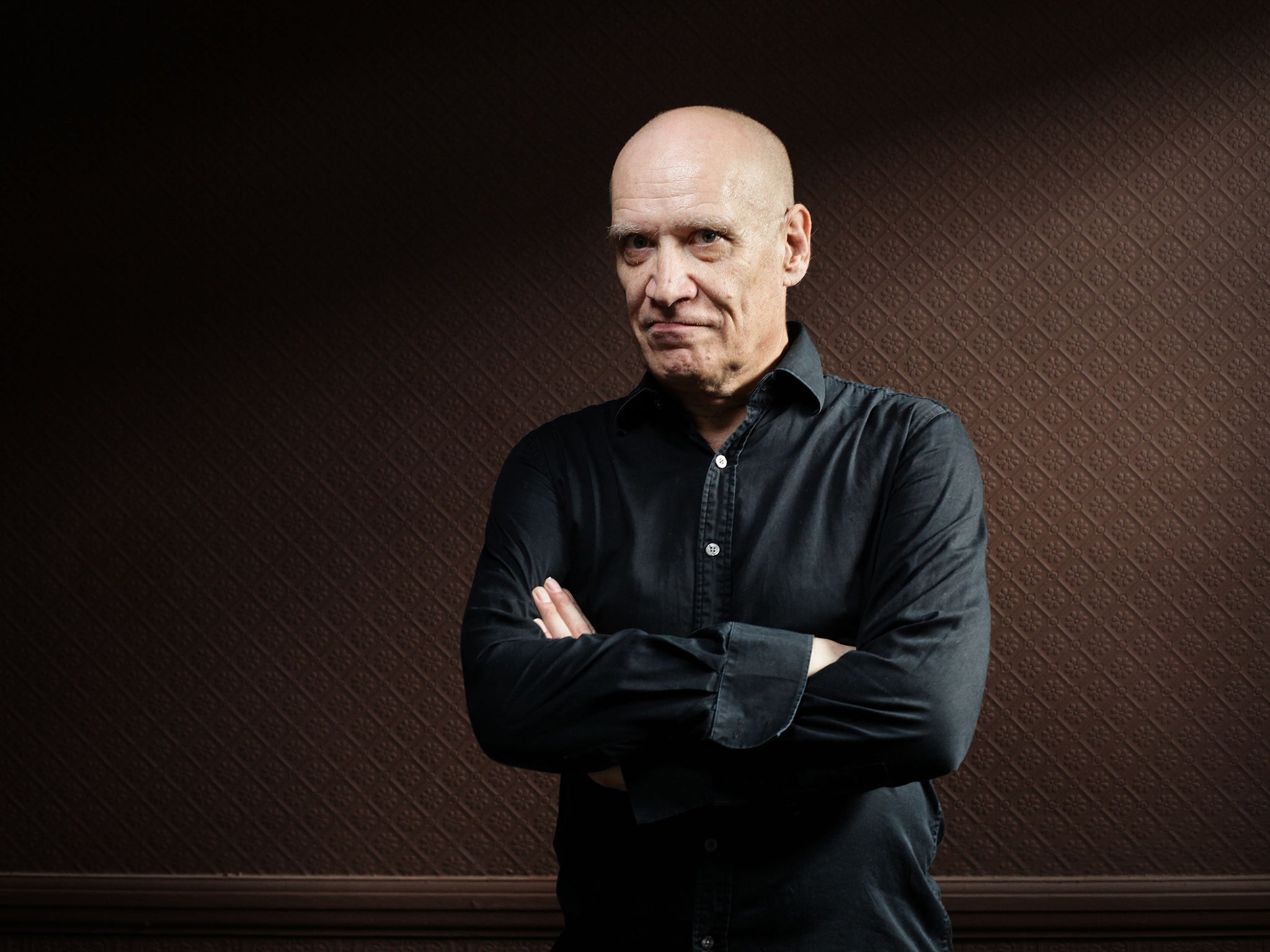
If there was ever a singer that was definite about what he sung (even though he used words loosely, like rhythm instruments) it was always barked out and on point, but this? Some of the drawn out notes are damn painful and Lee doesn’t sell it. Walking On The Edge was originally sung by Lee, on Sneakin’ Suspicion of course, but go back to it now and listen hard … it’s not all there, is it? It’s barely past the demo stage. Those aren’t words written for Lee Brilleaux. We stand and stare, as he comes back up for airĪnd though I know I’ll be out there on my own His arms are spread and the flames around his head

Dupree was co-written with poet Hugo Williams, featuring Wilko as boy on the burning deck? In the aftermath of the break-up, this popped out on Solid Senders (“Sales Point – Wilko” said the sticker on the cover of my copy), and he absolutely nails it, amplifying the feeling of what he was going through at the time, not really knowing what to do, and wanting to wander down to the estuary and jump right in. I’m going to let them do the talking, more than a little.ĭr. Norman’s fluid bass notes are the flesh on the bones of Wilko’s skeletal rhythm. Feelgood dissertation coming soon to a web site very near you – Wilko’s best music comes when his monochrome guitar slashing is set against the colourful piano of Mickey Gallagher or John Potter and, latterly, the astonishing bass dexterity of Blockhead Norman Watt-Roy, who transforms a standard rock and roll three piece line-up into something quite extraordinary. Post-Feelgoods – the period we shall deal with here, my Dr. Those riffs just ask to be complemented by a sprinkling of glitter, and the menacing stage presence, Wolf-like growl and wheezing harmonica of Lee Brilleaux added exactly that. Noughties post-punk revivalists Franz Ferdinand and Bloc Party might just have copped a lick or two as well, don’t you think?īut the Johnson guitar sound, however deft, is chunky and rectangular. Gang of Four’s Andy Gill and Bill Carter of the Screaming Blue Messiahs channelled Wilko. Inspirational to those who came after: the young Paul Weller blazing a trail with his Rickenbacker checked Wilko. A subtle curl and flick of the fingers, some cunning string damping and a whole lot of muscular manipulation produced shrill overtones superimposed on chipped, flinty chords. His idiosyncratic guitar technique, famously inspired by the simultaneous lead/rhythm style of Johnny Kidd and the Pirates’ Mick Green, remains indecipherable to the average Joe Punter. How’s that for unsettling? “My mind’s in NOOOTRAL!” Now, I’m not one for going to a gig and shouting for songs (because you feel like a bit of an arsehole and when does it ever work?) but when I went to see Wilko, I always called for The Whammy. … a truly disturbing song and Wilko’s most extreme solo performance. However, you might not have ever lent an ear to Wilko’s near-unlistenable and totally bonkers live cover of Screamin’ Jay Hawkins’ The Whammy: You may even have been machine-gunned yourself.

You’ve seen him machine-gun audiences with his Telecaster. Wilko’s lurching, skittering, alien stage presence was compelling, but tremendously unsettling. Feelgood by then, seeing them perform for the first time, albeit on celluloid, was an experience. Sorry, I just went a bit misty-eyed there. I think my first extended exposure to the man was the Going Back Home concert film, which I first clapped eyes on as a supporting feature – yes, we used to get two films per cinema visit, yet if you tell that to t’kids today they don’t believe you – to the Led Zeppelin epic The Song Remains The Same, in Halifax Astra cinema, nigh on forty years ago.

In today’s ‘been there, seen that, ticked it off, next please’ world, it’s hard to imagine the effect he had on us in the early days. The Urban Voodoo Machine feat.Wilko Johnson is an original. I Keep It to Myself / The Best of Wilko Johnson Going Back Home ( Collaboration with Roger Daltrey)īack in the Night: The Best of Wilko Johnson Going Back Home ( Wilko Johnson solo album)


 0 kommentar(er)
0 kommentar(er)
